Voids are frightening, and there are many kinds of void.
There’s the conventional emptiness we can’t step into without building a layer of non-void around ourselves—the endless reaches of space—though that’s not my focus here. Closer is the anxiety-adjacent void of boredom, but not quite there.
No, the void I mean to help fill with this essay is of an artistic flavor: the empty page, the blank canvas, the unclicked camera. There’s something innate in us that yearns to destroy as much void as we can. You may not be able to fill the space between the stars, but you can fill a text document.
Ok. But what do you fill it with?
IDEA FORAGING
I used to think that ideas were the sort of thing that I was supposed to wait for, like a bus. I’d go to my computer when I felt I should be writing, open up a document, and sit there until something came to me. Most of the time, it was a boring thing I only chose to write because I was already bored out of my mind sitting there for thirty minutes.
Later, I thought: Well, maybe I should just start writing, no matter what sort of ideas I have. This worked better for me, but something still felt off; felt uninspired.
There were those moments of true inspiration, when I would finish reading a good book and think I could do something like that. Some of my best writing has come from such bursts, but for a while, such moments were a rare species.
Until I realized that if reading a good book filled me with so much will to create, why didn’t I read such things intentionally? Why didn’t I record those passages that most inspired me? Why leave it completely up to chance?
Thus was born my practice of idea foraging: what I call the process of questing for and recording ideas for later usage.
It’s something I want to incorporate more in my daily routine, and something I believe any creative should at least try, especially for the purpose of building up an idea-bank. And once you have more ideas than you can reasonably create in a single lifetime, that’s awesome! Surely a better problem than having too few ideas.
I like to split my practice of idea foraging into several categories—specifically into the different things I forage through for ideas. I’ll start with something I’ve already touched on.
OTHERS’ CREATIONS
Here’s something we do pretty regularly anyways, whether it take the form of watching TV or reading a book or seeing a play. It’s very natural for it to elicit creative impulses, so rather than letting all that inspiration pass by, I propose seeking out works that you know will inspire you and bottling up what you get from it in the form of notes.
This isn’t to say that you should never again turn your mind off when you sit down at the end of a long day to click on a show, but that if you want to gather more ideas, it may be good for you to absorb art with intentionality.
This can go beyond whatever an algorithm suggests for you. Sure, you can happen upon some very good art that way, but I’ve found that a more surefire path is looking up art in genres you know inspire you and with themes you know will engage your mind.
Movies are a great place to start with this, since they don’t have the same time commitment as a show or a book, and they can still pack enough of a punch to flood you with ideas.
But as a book person myself, my heart will always belong to novels. I consider them idea gardens—especially books I’ve already read, since I can flip to just about any page and find a line or a scene that gives me some sort of idea.
Of course, I think it’s better to take your time with art, but if you’re strapped for ideas (for instance, if you’re working on a deadline), simple foraging may not be the best option. If you can, find clips or passages of your favorite art and reabsorb them—for there could be forgotten details in there that can refresh your current ideas.
Here’s a shortlist of questions I try to ask myself as I absorb art, and that you might find helpful. I don’t write down most of my answers, but you’re free to.
What ideas excite you?
What themes speak to you?
What motifs/symbols speak to you?
What other parts speak to you? (dialogue, descriptions, scenes, characters, colors, brush strokes, etc.)
What parts brought you the most emotion?
How is this work different from your own?
Which of your above answers would you like to see in your own art?
YOUR CREATIONS
Your own art may feel like dead soil. The seeds that were planted there long ago have sucked all the nutrients out of the ground, surely? But, you see, while you were off doing other things, leaves and other dead things fell on those old fields and brought new nutrients into the soil. It’s these that you’re looking for when you’re foraging through your old works.
What this means in practice is going back to old work and hunting for what you haven’t done in your art for a while, what you forgot you used to do, and what things you’ve learned and experienced since then. The older the art the better—and yes, even if it’s from childhood! I would argue especially if it’s from childhood, since that’s very likely when your creativity flowed the easiest.
You will be surprised at what jumps out at you. Hold onto that stuff, and especially that which re-excites you. Let your inner child delight in the sight of what they once made.
Some questions that might be helpful to consider:
What ideas do you wanna explore in new ways?
What themes do you feel could use different perspectives?
What motifs/symbols would you like to recur in your future works?
What other parts would you like to carry into future works, either subtly or obviously? (a recurring character or a different placement of the same paint technique)
How are your past works different from what you’re working on now?
What about you has changed since you made those works?
HISTORY, SCIENCE, AND PHILOSOPHY
It makes sense to look at history—you can find so much love, hate, conflict, and life in the stories of humanity—and philosophy is ripe ground for themes and motifs, but science is not so straightforward as an idea-path. That’s ok! I’ve found that some of my best ideas come from the weirdest, least straightforward places. Sometimes they just gotta be uncovered—worked for—rather than spotted.
My point here is to try going after something academic or that feels academic. Doing this will cover the areas of reality that you don’t find as readily available in art, but that can still house valuable ideas.
Open up a science book, even if it’s for kids, and try to not be inspired by something cool in there you see. An interesting species name. A nice method for graphing data. Most ideas I gather from biology, geography, physics, astronomy, and math are aesthetic or just simply cool; themes, motifs, characters, or stories are very possible to uncover as well. And don’t shy away from papers, dissertations, or lecture notes. These can have just as many flashy ideas despite their tendency to have drier prose.
Wikipedia is a great place to surf around for academic topics—it’s a fascinating exercise. Just click on the “Random Article” button (on the left of the page) until you find a page that interests you. Even if you land on something about a pop star or something mundane like waterbottles, they’ll be presented in a way, and with new information, you might not have seen elsewhere.
I clicked around just now and landed on Rallye de France Alsace—a car racing competition in, well, France. Such a race could be a good backdrop for a story, or it could be morphed into a broader theme of urgency or speed. Or a plot with a competition where one’s trying to beat another to a specific location. What if you’re having trouble resolving how a fantasy battle should go, and the solution is having the armies literally race to reach a nearby fortress? What stories could lie there, even if they only span a single chapter?
This is to say that ideas are plentiful, flexible, and can be valuable no matter where they are found or how they are transformed. The weirder and less conventional the source, in my opinion, the better.
Some questions to consider:
What ideas do you latch onto? No matter how “weird” or “boring” they may seem.
What makes you want to learn more?
How could you directly incorporate those ideas into your work?
How could you abstractify those ideas?
How could you mash together those ideas for your own purposes?
How could you take those ideas and make them weird?
NATURE
Take a stroll through a forest. With friends is good, but (safely) alone is better so your attention is fully on the life around you. Feel the wind and breathe the air. Feel the sunlight or the rain or the snow or the hail! Run your fingers along the bark of a tree and let your ears catch the hammering of a woodpecker or the call of a crow. Laugh! Dance in time with the heartbeat of a mountain. Be a part of the land and let the land be a part of you.
Bring a notebook along for the ride and jot down or sketch what you see and feel. No technology out here, just you and the world. No distractions. Especially if you’re making art set in a world without smartphones—how can you write something you haven’t let yourself experience in a long time?
Also, it’s just really nice. Like, even if you have no artistic aspiration whatsoever, you should still do this, and do this regularly (whatever that looks like for you). If once is enough, you’re probably not doing it right.
Once you’ve gotten your fill of wandering, plop yourself down on a good rock or log or patch of grass and absorb. Sketch or take notes as you need, but try to spend a good stretch of time just… sitting. Let your roots burrow into the earth beneath you, so that you’re reluctant to leave when the time comes.
Questions while you’re out here:
How does the atmosphere affect you?
How could you translate that into art?
What patterns/shapes/colors/sounds jump out?
Sketch them—even if you’re not good at sketching. Or at the very least describe them as you sense them.
What characters do you see? Can be animate or inanimate (if there’s even a meaningful difference between the two).
What stories do you see at play? What struggle and what love?
What are the strangest things you’ve seen out here? What surprised you?
PLAY
I saved my favorite for last.
Play is something everyone should do every day, no matter how old you are, and whether or not it’s for some quest to find ideas. Among the biggest lies we’re told in modern society is that play is reserved for children, and that if you do it as an adult, then you’re a child (derogatory) (why is that derogatory?). But play can give us creative energy, exercise the mind, and enrich the soul. The idea that such benefits are meaningless once you hit a certain age is ridiculous. Play is for us all.
So as often as you can manage, go out and play! Play games, physical or digital (ever heard of Minecraft?). Invent games of your own. Play with friends and family, or play all by your lonesome.
And now and then, try playing around with idea generation and experimentation. This could look like doodling on a sketchpad until something takes shape, or shuffling cards around until you get a combination you latch onto, or typing random words into a document until something gives you a spark. It can be as simple or complex as you want, as long as what you do has no pressure weighing it down. Play is free.
For you writers out there, if you’re having trouble with a character or a story, it could be valuable to play them out yourself. Below are some suggestions that by no means cover all the possiblities.
Roleplay as your character to try and learn more about them, or interview them as you might talk to an imaginary friend (credit to Natanya for these). Roleplay as several characters, or enlist some friends to roleplay a scene with you (you might be surprised at what others’ insights might be). Write out fanfiction of your own story to see how your characters react to different, weird, or mundane situations.
If you’re not a writer, you could try something similar. If you’re painting a lake, roleplay as the lake making a self-portrait. If you’re a musician, how might your lyrics want to be sung or your melodies want to be played?
Maybe all these suggestions seem weird or nonsensical, but that’s sort of what I’m getting at. Pushing your boundaries is the point.
Potentially helpful questions:
What ideas did you materialize that weren’t there before?
What in your play felt weirdly similar to your art?
What interesting things did others contibute that surprised you (if it was group play)?
What ideas were strengthened/developed by your play and how? What did you add?
What else could you try next time to give you a new perspective?
THAT’S ALL, FOLKS!
Well, you heard me, that’s all the paths I could think of for now. You could wander down them all or go your own way, but whatever you do, I hope this essay gave you the tools and inspiration you need to get out and hunt for your ideas rather than sitting forever in front of a void.
So go! Forage! Destroy the void, and have fun doing it!




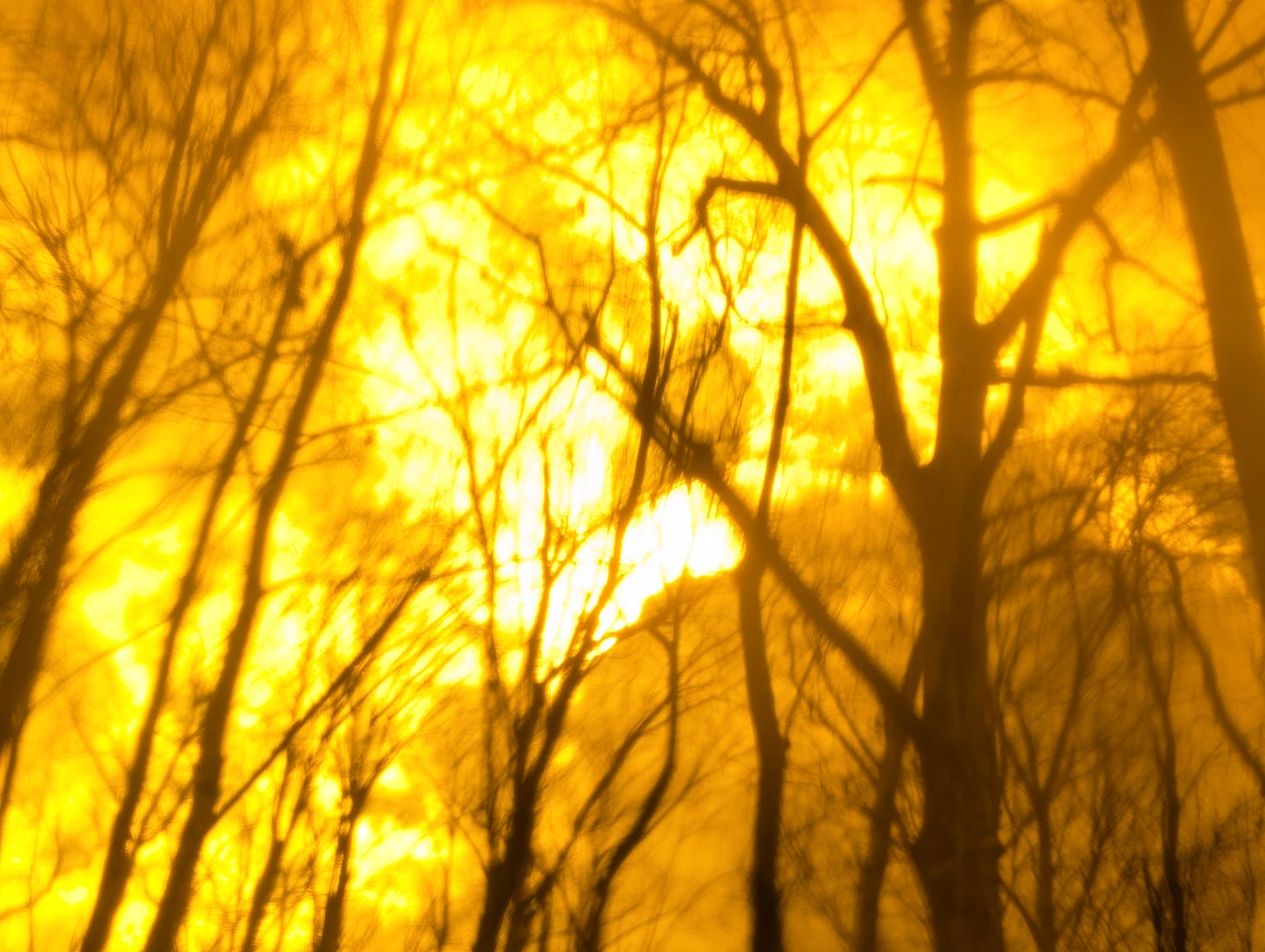
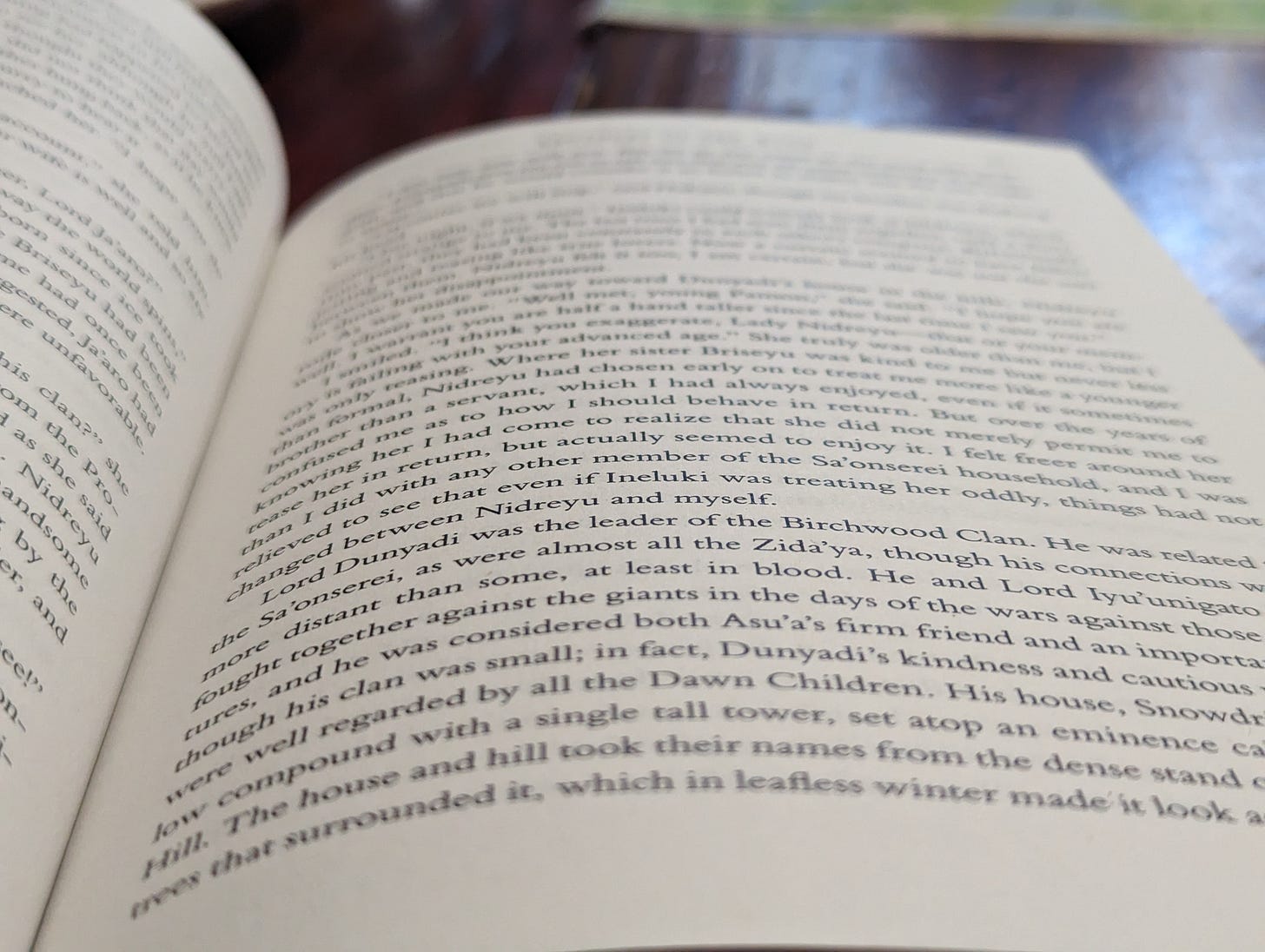
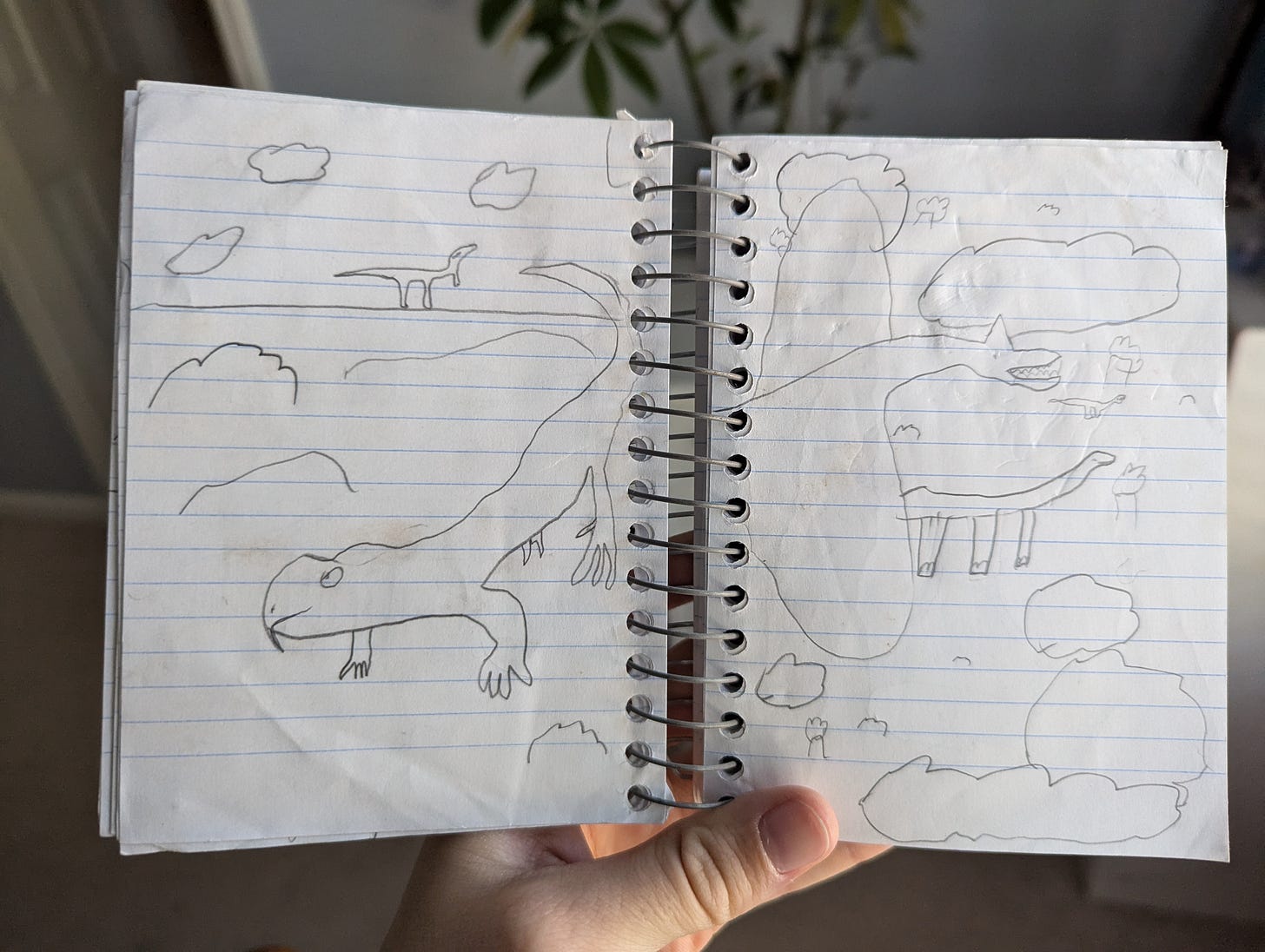
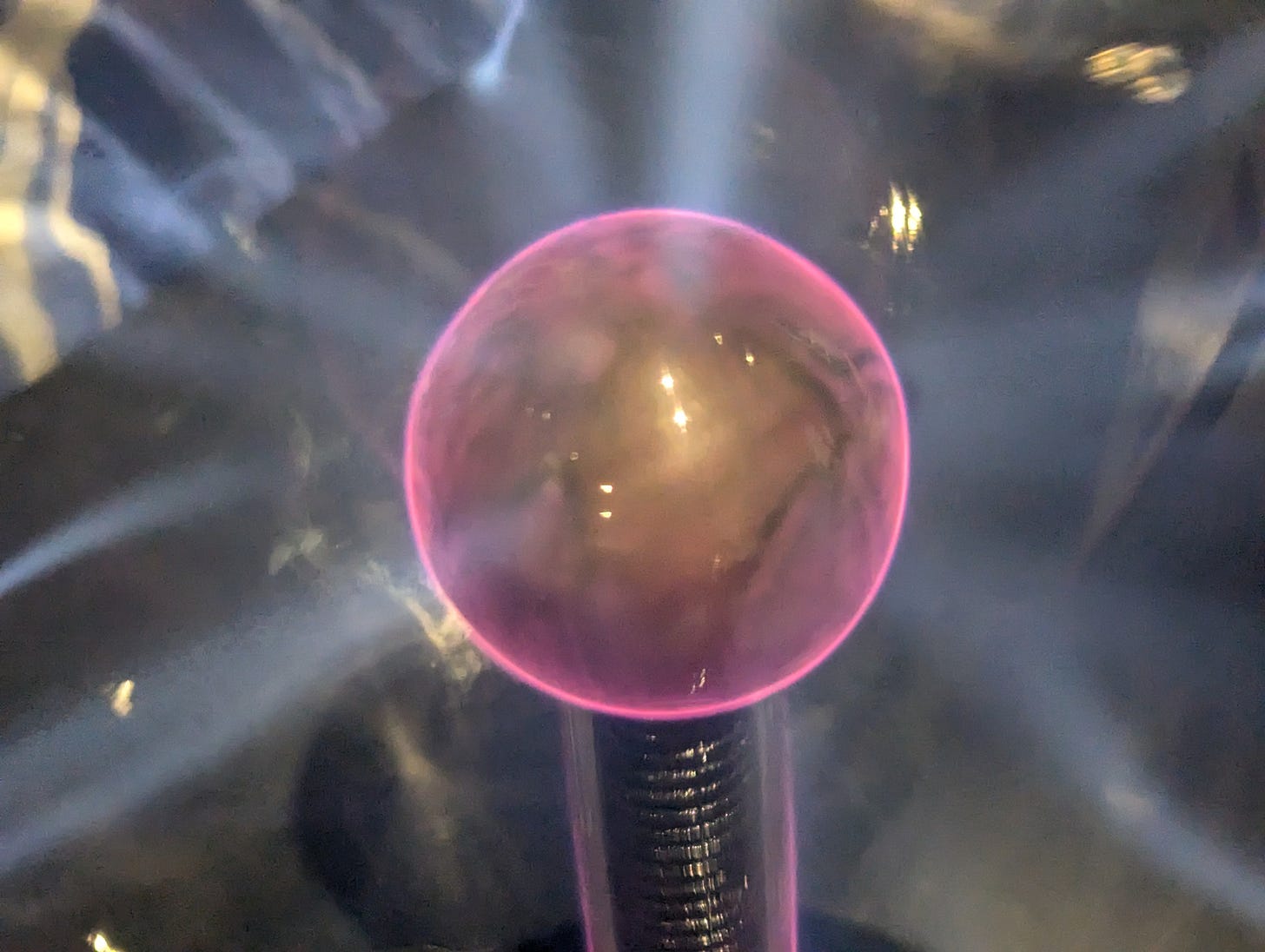

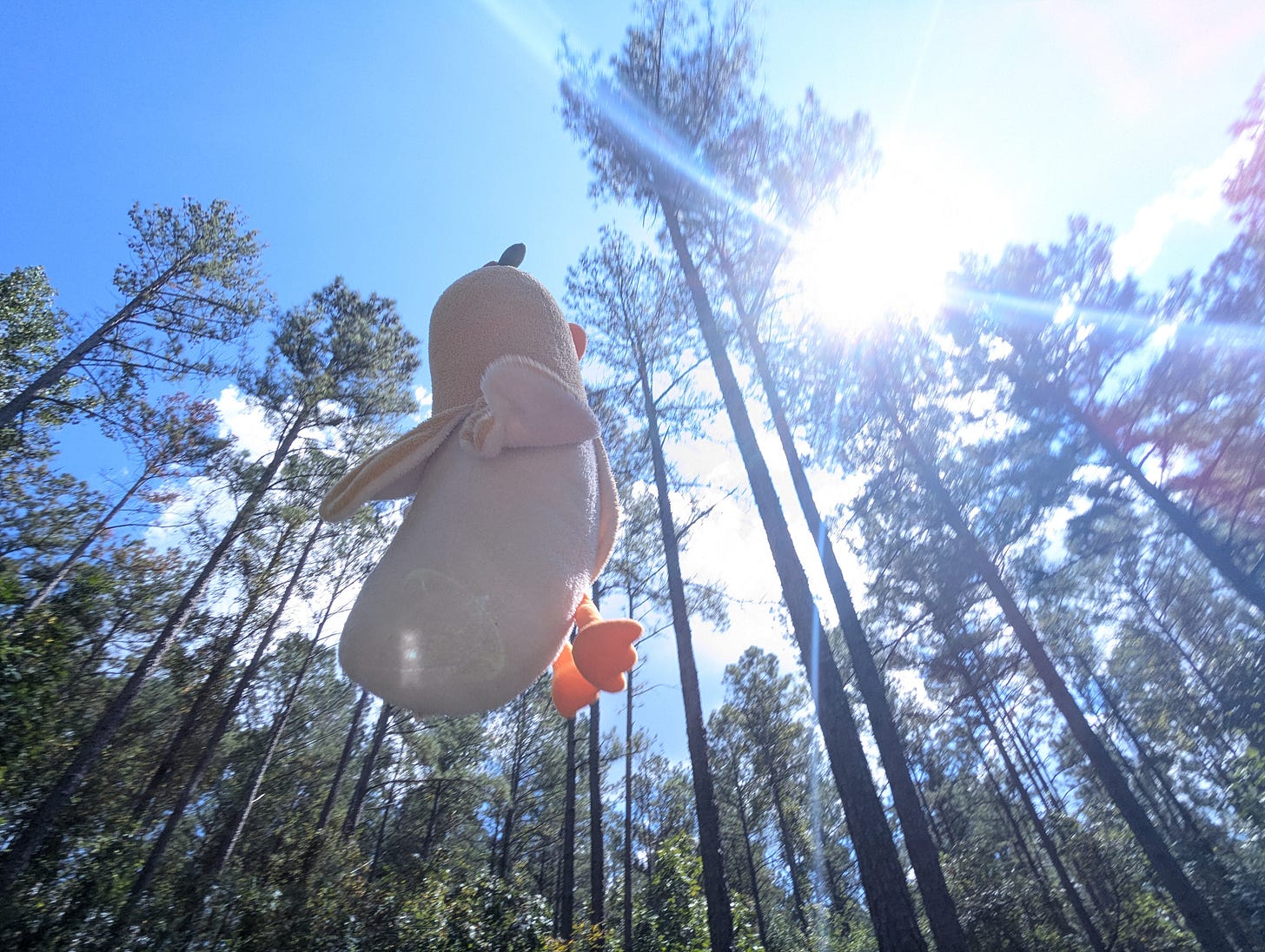
Wonderful essay. I've been thinking of the same myself.
I realized that intaking good stories helps me create stories. And at times of my worst art / writer's block, it seemed to always be when I stopped looking at the works of others.
I really liked the term "Idea foraging" I could never put that concept into a short phrase myself.
Excellent! Very informative, motivating (I want to play!) and inspiring. I like that you offered questions for thought.